Last week, Standard & Poor’s, the global credit rating agency, adjudged Rolta Ltd as one of the two Indian mid-sizers expected to emerge as challengers to the world’s leading blue chips.
Last week, Standard & Poor’s, the global credit rating agency, adjudged Rolta Ltd as one of the two Indian mid-sizers expected to emerge as challengers to the world’s leading blue chips.
In all, the S&P list identified 300 such companies worldwide.
When Satish John and Amit Tripathi of DNA Money met Kamal K Singh, chairman and CEO, in his corner room on the top floor (the 21st) of Maker Tower F in Cuffe Parade, Mumbai, he seem habituated to peering outside into the spectacular wide blue yonder of the Arabian Sea, to gather thoughts, as it were, and articulate on what lies ahead for Rolta.
The company is probably at an inflection point today, and joint ventures with global majors in areas such as nuclear energy, defence, power, petrochemicals and refineries are gaining traction. Singh takes the walk back to the eighties, and also looks ahead:
Congratulations on Rolta featuring in the S&P global challengers list. It must have been a long and arduous journey. What was it like when you started?
It was in 1982 that I started this company in the information technology sector. I came from Madhya Pradesh to Mumbai. I wanted to enter a business that was technology-intensive. At that time, the IT business was considered taboo because computers were seen as displacing labour. We, however, felt that as India grows, this technology will become more and more relevant.
So we imported a mainframe computer. In those days, to get a licence to import a computer was very difficult. So first we got an import licence. Then we set up our data centre here in Mumbai. Our first customer was ONGC. We told them that the whole data centre is at their disposal and they can use it. We charged for the time the ONGC engineers spent at the data centre.
This will give you an idea of how low-end in the value curve we were when we started. In a very short time — a year, actually — we were able to provide turnkey solutions to large corporations all over India. For example, one of the prestigious projects we did at that time was inter-branch reconciliation of accounts for Bank of Baroda and Central Bank of India.
Rolta keeps attuning itself to changing market demands…
We started software services internationally and opened offices in New York and California. In 1984, we quickly moved up the value chain. Even in our nascence, it was our policy to review our businesses and introspect.
Back then, we were winning businesses because we were cost-effective. The difference with competition was glaring. We were 10% cheaper, so we won a lot of business from them. It was purely because of our pricing. So if companies like TCS desired to drive us out of the businesses, they simply had to reduce their rates. So we introspected on how to reposition ourselves.
Was it then that you decided to climb up the value chain?
In those days (1984-85), manufacturing and training were glamourous. I am glad we didn’t plunge into those sectors. We decided to focus on computer-aided design (CAD), computer-aided manufacture (CAM) and geospatial information systems (GIS). It helped because India is industrialised, unlike Pakistan and Bangladesh. CAD-CAM became very important because of this progress. And GIS is very important for a large country like ours. The moment we decided on these segments, the first challenge was to find where the technology was available.
We enlisted Intergraph PP&M (based in Huntsville, Alabama, US) as a partner in 1986. We entered into a partnership for exclusive distribution. There was another company called Computer Vision, which was also a world leader. But they were very good in mechanical engineering and mechanical designing, not GIS. So we decided to go with Intergraph, because they had GIS technology.
When and why did you decide to manufacture Rolta workstations?
In 1990-91. It was essential to manufacture workstations. Otherwise, if had to import them, we would have to wait for six months.
Sometimes getting a licence in hand from department of electronics took a year. By that time the technology became obsolete. We set up our manufacturing facility with Intergraph. That gave us our edge.
Workstations had just evolved. From mainframes to mini-systems, which cost $500,000, to workstations costing $100,000, we were the leaders in CAD, CAM in India. For manufacturing workstations, we set up a state-of-the-art facility and to fund that we went public in 1990.
Does that explain why software exports were no longer a priority?
In crude language, we were body-shopping. Once we established ourselves in 1990, our offices in New York and California saw many engineers working at customer sites and later joining them or other companies in the same field as our customers. On many occasions, we were left high and dry as our engineers left us.
We set up our subsidiary in the US in 1993. It was a wholly-owned unit and those days it was a novel thing. We started doing GIS.
When did Rolta get the big break—make the defining move?
In 1995, when we did work in Saudi Arabia for AT&T. We did the mapping and GIS work for setting up one million telephone lines for the utility company. The contract was worth $50 million. That was a big order in those days by any yardstick.
Did you seek help from consulting firms for this?
We are ourselves consultants. So how can we depend on others to give us ideas? We are in a people-intensive business. If we can’t challenge our people to come up with the right ideas then we don’t deserve to be in this business.
In 2003, in your words, you made the second quantum leap...
We decided to bring about a thorough change in our business model. We decided on infrastructure. If our earlier mantra was CAD, CAM and GIS, it was infrastructure, security and defence now. These were the market segments we have defined. Also geospatial projects. We asked ourselves whether we can create a plant all by ourselves, since we have all the technology to do so.
The whole of Dubai city, the whole of United Arab Emirates — we created the imagery by flying planes over it. Even some parts of Europe and California.
Rolta’s move to go for joint ventures with global majors is seen as a winning initiative…
We found we had a big hole. To fill that, we tied up with Stone & Webster. It is a 120-year-old company. The joint venture brings in the capability for setting up, right from conception to completion, of technology-intensive projects such as nuclear power plants, refineries and power plants. The only thing our customers now have to show is money.
Is that the reason why Rolta has been quoted by Australian brokerage Macquarie as a company with the attributes of Larsen & Toubro and Infosys Technologies?
L&T is big on the engineering side. But we also have an IT side. Thus, we have a combination of both. Our venture with Stone & Webster has set up two refineries in the Middle East. We are now building the largest chemical plant in Singapore.
Civil works for projects don’t enjoy the kind of margins that Rolta gets…
We don’t undertake civil works, we outsource it. What we do is EPCM or engineering procurement and construction management.. We don’t do EPC (engineering procurement and construction). Let the construction be done by construction companies.
That explains your high margins?
Our job is to do engineering. For example, in nuclear power plants we do the design engineering, safety engineering etc. That itself is 7-8% of the cost of the project. Our venture partners have a 25% stake in Westinghouse. Westinghouse is one of the three nuclear reactor manufacturers in the world. General Electric, Areva and Westinghouse are the only three manufacturers in the world. 60% of the cost accrues to that kind of the work. We have also expanded our scope to refineries and petrochemicals.
You have also moved into the defence segment with your JV with Thales…
We have been doing good work for Indian defence for 20 years. We have 90% of market share for geospatial systems. We have a very dominant market share. Now we have entered into a JV with Thales to enable us to get technology in military communications, digital soldier systems, digital vehicle systems... Earlier we had only geospatial systems.
What is Rolta’s role in the JV—selling the foreign technology here?
We will get the technology transferred here and we will indigenise it for Indian requirements.
We are setting up defence equipment like sensors, etc. We keep on evolving and we have several products for homeland security. We are eyeing this segment in a very big way. We are doing a lot of work with the Mumbai Police, J&K Police and the Rajasthan Police. A lot of systems have been developed for them, but 10,000 more things can be done for them.
Our key markets will be infrastructure, security, defence. We have been able to go into them in the last 4-5 years and change the complexion of the company.
Analysts acknowledge Rolta’s knack for enlisting good partners. How do you go about getting them on board and building a long-lasting relationship?
The point is, we believe one can attract partners only when one can bring something to the table. You cannot attract partners when there is no equality.
Now, equality does not mean equality of size. For instance, one of our partners, Thales (French giant), is a $30 billion company with 60,000 people. We are not that large, but what we brought to the table was our market expertise in geospatial space in India.
When we were talking to them, General Dynamics (the US giant), too, was talking to us as keenly. We chose Thales over General Dynamics.
It is the same thing with the Stone & Webster partnership. We brought to the table our
engineering skills. We had over 85% of engineering tools market with us in India when we formed the partnership with Stone & Webster. When you bring that kind of market leadership, people come to you. And then you should be able to do an honest job with each other.
For instance, we partnered with Intergraph years ago and till today, Intergraph is our exclusive partner. Value is for both... both sides find value in each other.
Our strategy is that we should grow organically and inorganically, and through joint ventures.
You have acquired a couple of companies. Are there any more in the pipeline?
Yes, there are.
When will the announcements come?
This would be very soon.
And which area will they be in?
Business intelligence is where we are going to have our first acquisition soon.
You have always been perceived as having more exposure to India. Is it because the infrastructure sector is booming here?
It’s not only that. Since the beginning, our strategy was that we would be India-focused. When we started, we were India-focused… in 1985, when nobody thought about India, we thought about India.
I believe that your roots are your roots. If you do not take advantage of your roots, it’s not a great idea. That’s my belief. I have been quoted many a times in my company that if you cannot do well in your own country, you cannot do any good elsewhere. Our country is more tolerant. Thus, here we have good space to work. Whatever we do, we do it here and then take it elsewhere. That has been our strategy. It has paid us very well.
In difficult times like the last one or two years, forex fluctuations never bothered us because we are India-focused. Also, now, the international market turmoil caused largely by slowdown has not affected us because of our domestic focus. Moreover, India is opening in such a way that any growth here is also beneficial to us.
So, India focus is a good strategy, and yes, it has helped us a lot.
But now there are talks of projects slowing in India...
Ours is a different story. When you talk of defence, there is no slowdown. When you talk of our other businesses, I do not see any slowdown. In petrochemicals, there is no slowdown. In power, there is going to be no slowdown in India. Kaam karne ke liye logon ke paas capacity nahi hai aaj. Everybody wants more today.
You talked about projects in Singapore and the Middle East. Are you setting up projects for others in India?
Yes, we are doing work for Reliance, Essar, ONGC. We do a lot of work in India. It is a combination of both. That’s why today the company is taking a different shape gradually, in terms of what we are doing. We are going to the next stage.
Where do you see growth in the coming years?
All these areas where we are serving, we see tremendous growth. From the defence sector in India alone, we will have a potential of $1-1.5 billion every year. External markets also will be coming.
But can you do that?
Yes, with our partners, we can do that. What we do here is relevant for NATO countries, Asian countries, African countries. Also, the mapping technologies that we are creating, we can probably become the largest mapping technology company in the world… in two more years or so.
Today, mobile phones boast of mapping. Is it something you are interested in?
It’s not a very big job. What I am talking about is mapping for satellites and missiles. The complete planning and guidance for Brahmos missile system was done by us. We were given a citation for that. We are working on a few more in that space, which I cannot disclose for obvious reasons.
Going forward, how will you take that quantum leap?
If all these segments start firing away, then it will give us revenues far more than what Infosys or TCS do today. But I have to come to that range. This is a five-year process. I am aiming at $1 billion in the next three years.
How many people do you have now?
Over 5,000.
And would you become a billion-dollar company with the same number of people?
No, by then we will touch 10,000 people.
For all that you do, you are dependent on the JV…
Why do you say that? Our revenue is only 10% from the JV.
The nuclear deal process is on. How much opportunity lies there?
Over the next 18-24 months, the projects will start coming in. The next 3-4 months will go like that. Our focus will be on the engineering and design part of the projects. I will give you an overview: 40000 mw is to come through nuclear power plants, entailing investment of $60-70 billion; 7% of that will go for design and safety… roughly $5 billion. That $5 billion work can be available to a maximum 2-3 companies, like Stone & Webster Rolta, Areva and Bechtel.
If one-third of that opportunity goes to each over the next seven years — around $1.5-2 billion — it would mean Rs 10,000 crore for the next seven years.
So, for five years (leaving two years from now), you are talking about Rs 10,000 crore coming in. Make that fifty-fifty. You are looking at Rs 5,000 crore of business in five years or Rs 1,000 crore of business every year. I am not talking of any procurement, which would be another source of revenue.
Are you doing any work for the ultra mega power plants coming up?
Not now, but we are talking to some of them.
Who are you talking to?
Reliance Power is one we talk to always.
You spoke about how much you would grow in four years. Can you talk about growth on an annual basis?
40%-plus is what I am looking for this year. We closed 50% last fiscal, without inorganic growth. With inorganic growth, it would be a bit better.
![submenu-img]() Viral video: Kind man assists duck family in crossing the road, internet lauds him
Viral video: Kind man assists duck family in crossing the road, internet lauds him![submenu-img]() Can you see the Great Wall of China from space? here's the truth
Can you see the Great Wall of China from space? here's the truth![submenu-img]() Ashutosh Rana breaks silence on his deepfake video supporting a political party: 'I would only be answerable to...'
Ashutosh Rana breaks silence on his deepfake video supporting a political party: 'I would only be answerable to...'![submenu-img]() Meet India's most talented superstar, is actor, dancer, stuntman, singer, lyricist; not Ranbir, Shah Rukh, Aamir, Salman
Meet India's most talented superstar, is actor, dancer, stuntman, singer, lyricist; not Ranbir, Shah Rukh, Aamir, Salman![submenu-img]() This flop film was headlined by star kid, marked south actress's Bollywood debut, made in Rs 120 crore, earned just...
This flop film was headlined by star kid, marked south actress's Bollywood debut, made in Rs 120 crore, earned just...![submenu-img]() DNA Verified: Is CAA an anti-Muslim law? Centre terms news report as 'misleading'
DNA Verified: Is CAA an anti-Muslim law? Centre terms news report as 'misleading'![submenu-img]() DNA Verified: Lok Sabha Elections 2024 to be held on April 19? Know truth behind viral message
DNA Verified: Lok Sabha Elections 2024 to be held on April 19? Know truth behind viral message![submenu-img]() DNA Verified: Modi govt giving students free laptops under 'One Student One Laptop' scheme? Know truth here
DNA Verified: Modi govt giving students free laptops under 'One Student One Laptop' scheme? Know truth here![submenu-img]() DNA Verified: Shah Rukh Khan denies reports of his role in release of India's naval officers from Qatar
DNA Verified: Shah Rukh Khan denies reports of his role in release of India's naval officers from Qatar![submenu-img]() DNA Verified: Is govt providing Rs 1.6 lakh benefit to girls under PM Ladli Laxmi Yojana? Know truth
DNA Verified: Is govt providing Rs 1.6 lakh benefit to girls under PM Ladli Laxmi Yojana? Know truth![submenu-img]() Aamir Khan, Naseeruddin Shah, Sonali Bendre celebrate 25 years of Sarfarosh, attend film's special screening
Aamir Khan, Naseeruddin Shah, Sonali Bendre celebrate 25 years of Sarfarosh, attend film's special screening![submenu-img]() Alia Bhatt wears elegant saree made by 163 people over 1965 hours to Met Gala 2024, fans call her ‘princess Jasmine’
Alia Bhatt wears elegant saree made by 163 people over 1965 hours to Met Gala 2024, fans call her ‘princess Jasmine’![submenu-img]() Jr NTR-Lakshmi Pranathi's 13th wedding anniversary: Here's how strangers became soulmates
Jr NTR-Lakshmi Pranathi's 13th wedding anniversary: Here's how strangers became soulmates![submenu-img]() Streaming This Week: Heeramandi, Shaitaan, Manjummel Boys, latest OTT releases to binge-watch
Streaming This Week: Heeramandi, Shaitaan, Manjummel Boys, latest OTT releases to binge-watch![submenu-img]() Remember Ayesha Kapur? Michelle from Black, here's how actress, nutrition coach, entrepreneur looks after 19 years
Remember Ayesha Kapur? Michelle from Black, here's how actress, nutrition coach, entrepreneur looks after 19 years![submenu-img]() Haryana Political Crisis: Will 3 independent MLAs support withdrawal impact the present Nayab Saini led-BJP government?
Haryana Political Crisis: Will 3 independent MLAs support withdrawal impact the present Nayab Saini led-BJP government?![submenu-img]() DNA Explainer: Why Harvey Weinstein's rape conviction was overturned, will beleaguered Hollywood mogul get out of jail?
DNA Explainer: Why Harvey Weinstein's rape conviction was overturned, will beleaguered Hollywood mogul get out of jail?![submenu-img]() What is inheritance tax?
What is inheritance tax?![submenu-img]() DNA Explainer: What is cloud seeding which is blamed for wreaking havoc in Dubai?
DNA Explainer: What is cloud seeding which is blamed for wreaking havoc in Dubai?![submenu-img]() DNA Explainer: What is Israel's Arrow-3 defence system used to intercept Iran's missile attack?
DNA Explainer: What is Israel's Arrow-3 defence system used to intercept Iran's missile attack?![submenu-img]() Ashutosh Rana breaks silence on his deepfake video supporting a political party: 'I would only be answerable to...'
Ashutosh Rana breaks silence on his deepfake video supporting a political party: 'I would only be answerable to...'![submenu-img]() Meet India's most talented superstar, is actor, dancer, stuntman, singer, lyricist; not Ranbir, Shah Rukh, Aamir, Salman
Meet India's most talented superstar, is actor, dancer, stuntman, singer, lyricist; not Ranbir, Shah Rukh, Aamir, Salman![submenu-img]() This flop film was headlined by star kid, marked south actress's Bollywood debut, made in Rs 120 crore, earned just...
This flop film was headlined by star kid, marked south actress's Bollywood debut, made in Rs 120 crore, earned just...![submenu-img]() India's most successful star kid was superstar at 14, daughter of tawaif, affair with married star broke her, died at...
India's most successful star kid was superstar at 14, daughter of tawaif, affair with married star broke her, died at...![submenu-img]() India's biggest flop actor, worked with superstars, married girl half his age, once left Aamir's film midway due to..
India's biggest flop actor, worked with superstars, married girl half his age, once left Aamir's film midway due to..![submenu-img]() England pace legend James Anderson set to retire from Test cricket after talks with Brendon McCullum
England pace legend James Anderson set to retire from Test cricket after talks with Brendon McCullum![submenu-img]() IPL 2024: Shubman Gill, Sai Sudharsan centuries guide Gujarat Titans to 35-run win over Chennai Super Kings
IPL 2024: Shubman Gill, Sai Sudharsan centuries guide Gujarat Titans to 35-run win over Chennai Super Kings![submenu-img]() KKR vs MI IPL 2024: Predicted playing XI, live streaming details, weather and pitch report
KKR vs MI IPL 2024: Predicted playing XI, live streaming details, weather and pitch report![submenu-img]() 'It's ego-driven...': Ex-RCB star on Hardik Pandya's captaincy in IPL 2024
'It's ego-driven...': Ex-RCB star on Hardik Pandya's captaincy in IPL 2024![submenu-img]() BCCI to advertise for Team India's new head coach after T20 World Cup
BCCI to advertise for Team India's new head coach after T20 World Cup![submenu-img]() Viral video: Kind man assists duck family in crossing the road, internet lauds him
Viral video: Kind man assists duck family in crossing the road, internet lauds him![submenu-img]() Can you see the Great Wall of China from space? here's the truth
Can you see the Great Wall of China from space? here's the truth![submenu-img]() Mother bear teaches cubs how to cross a road with caution, video goes viral
Mother bear teaches cubs how to cross a road with caution, video goes viral![submenu-img]() Meet the tawaif, real courtesan of Heeramandi, was once highest paid item girl, was killed by....
Meet the tawaif, real courtesan of Heeramandi, was once highest paid item girl, was killed by....![submenu-img]() Mukesh Ambani’s old image with billionaire friends go viral, Harsh Goenka makes joke of…
Mukesh Ambani’s old image with billionaire friends go viral, Harsh Goenka makes joke of…

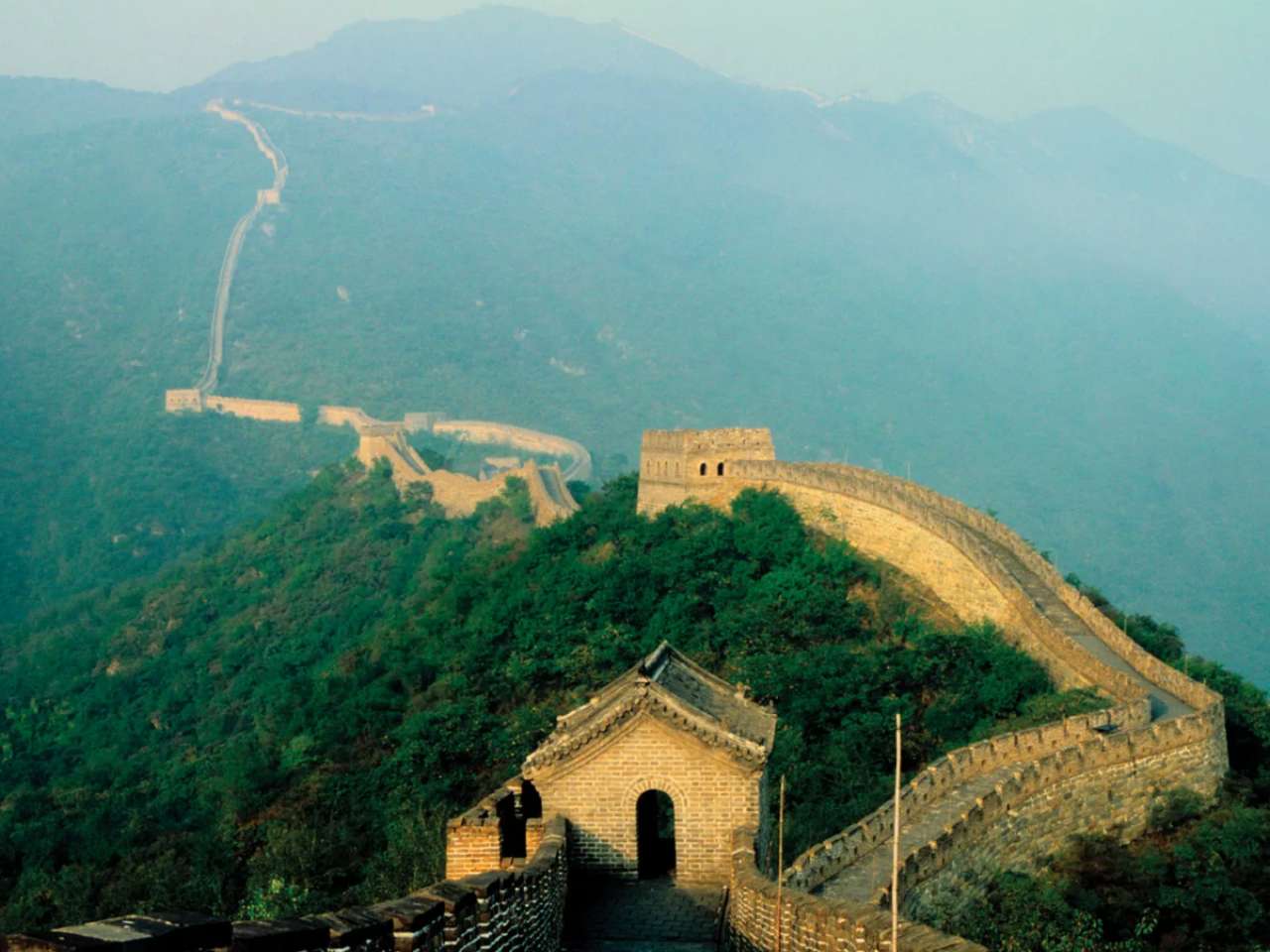

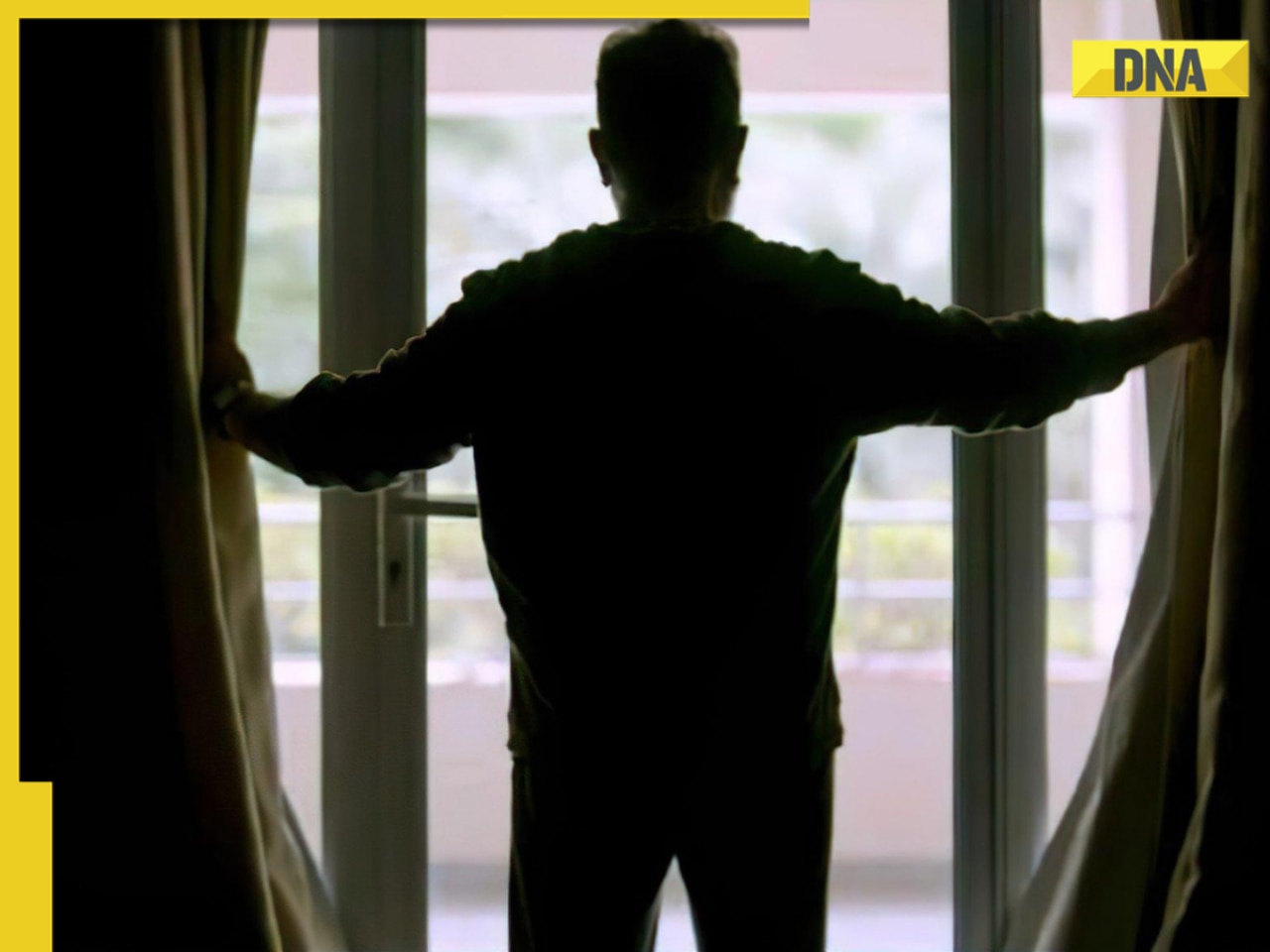
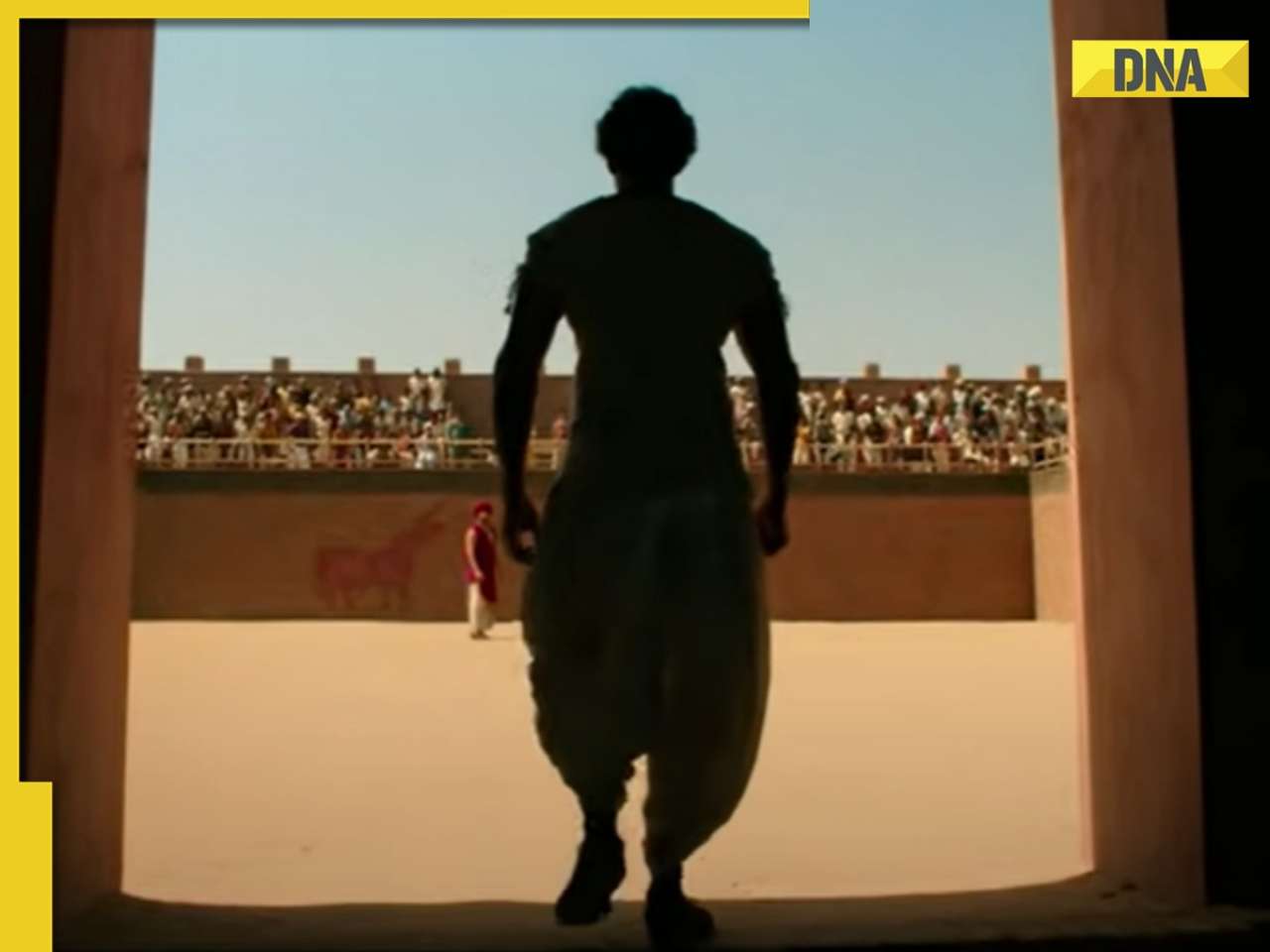






















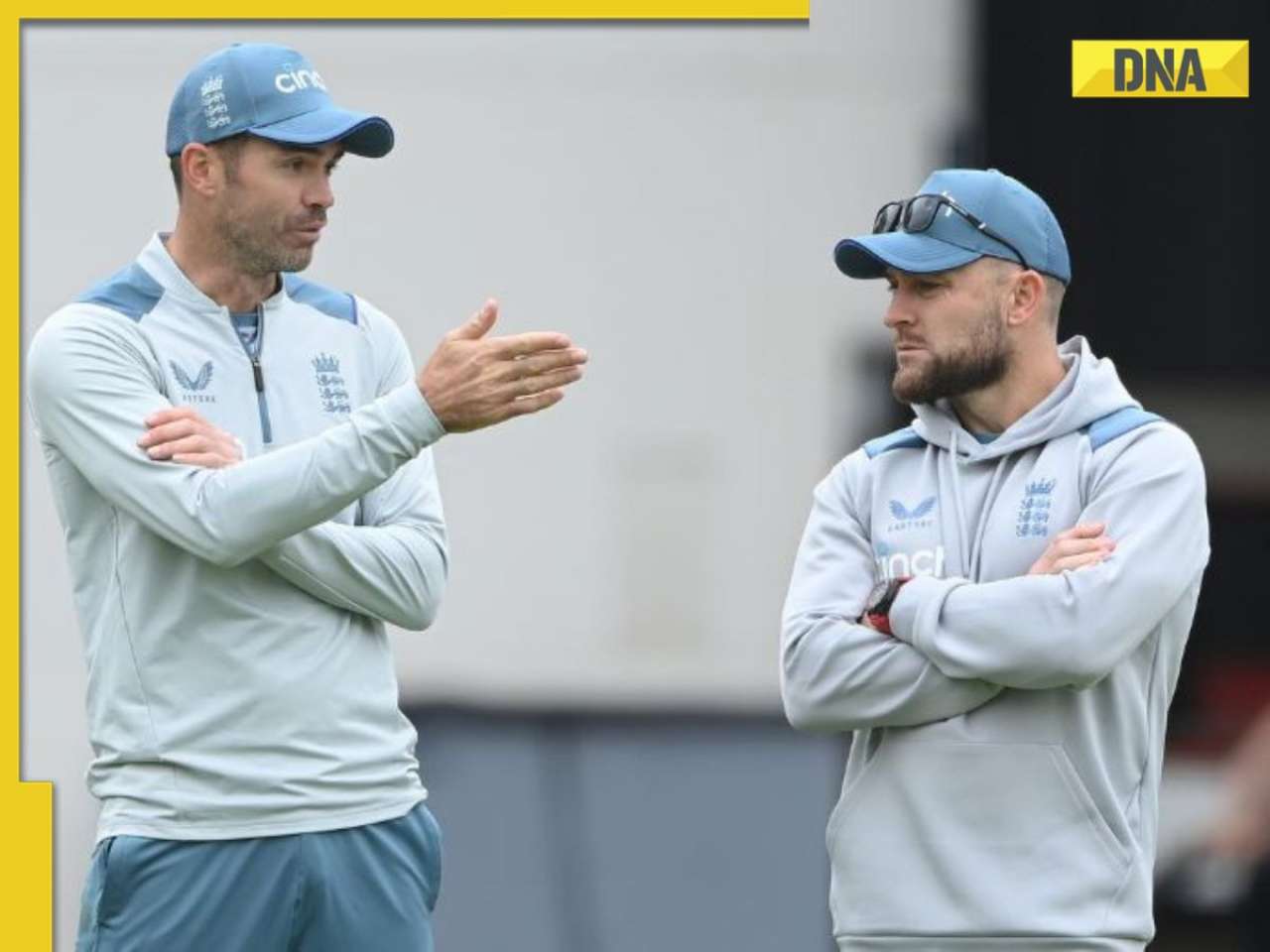
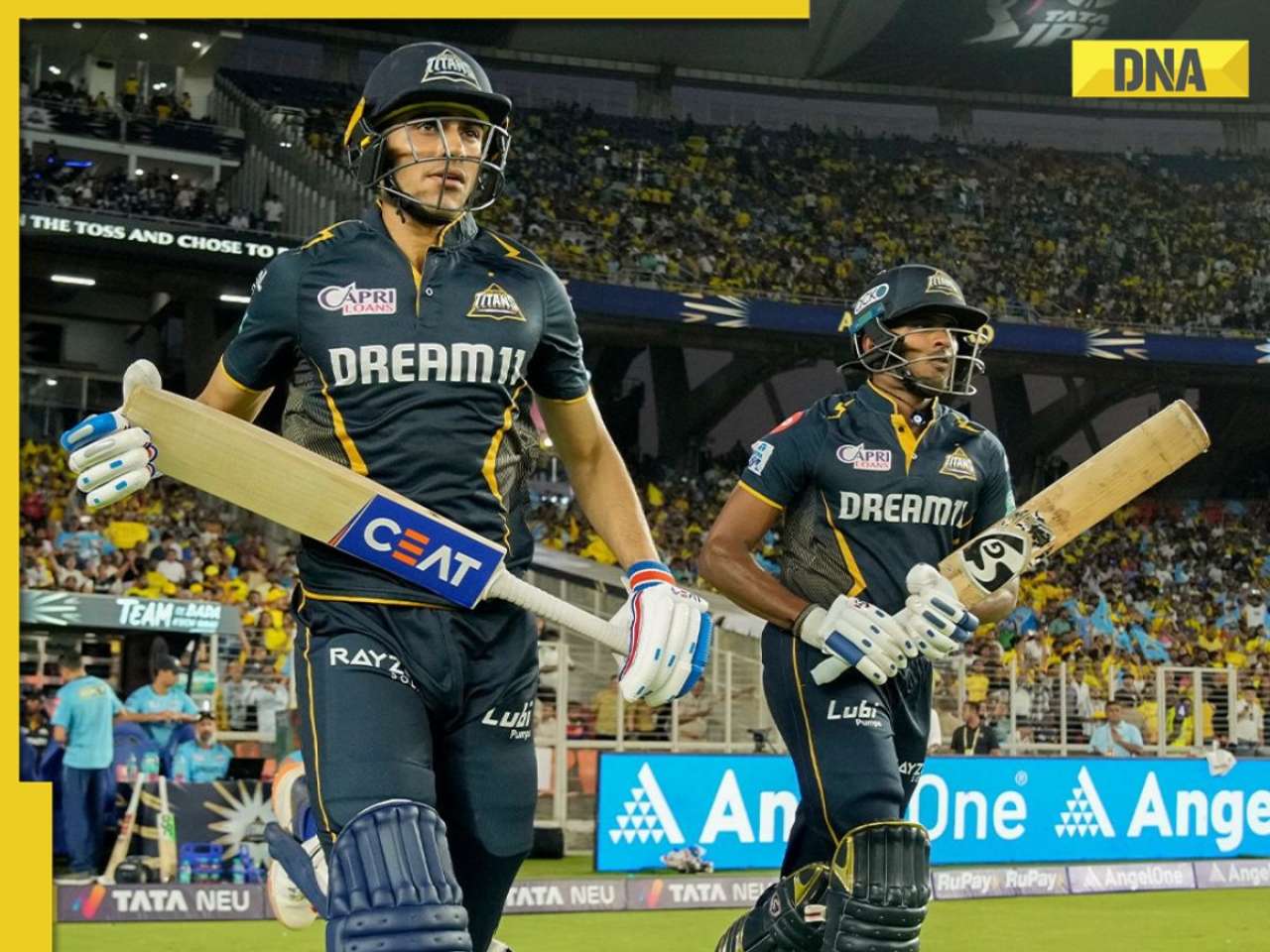
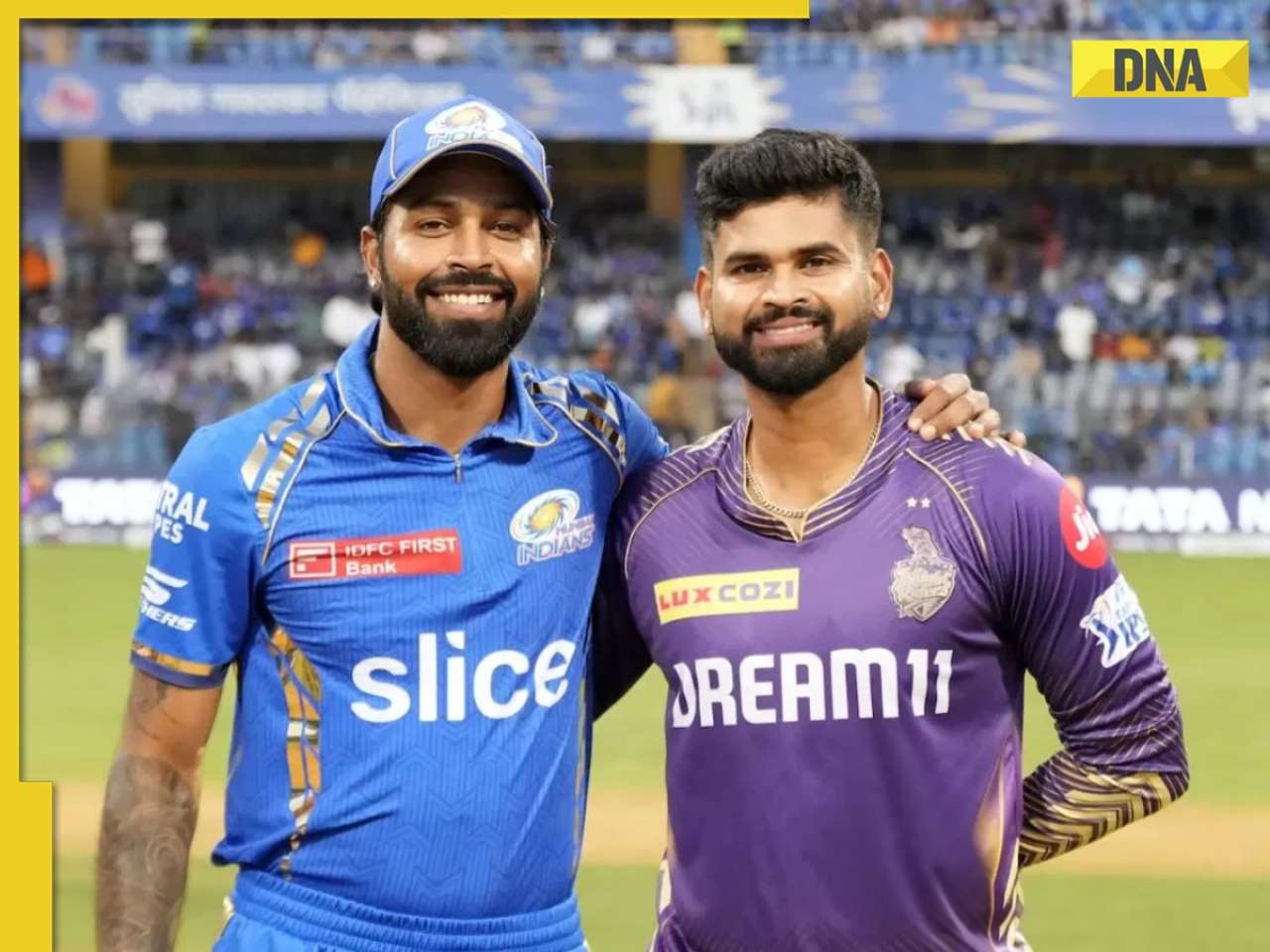
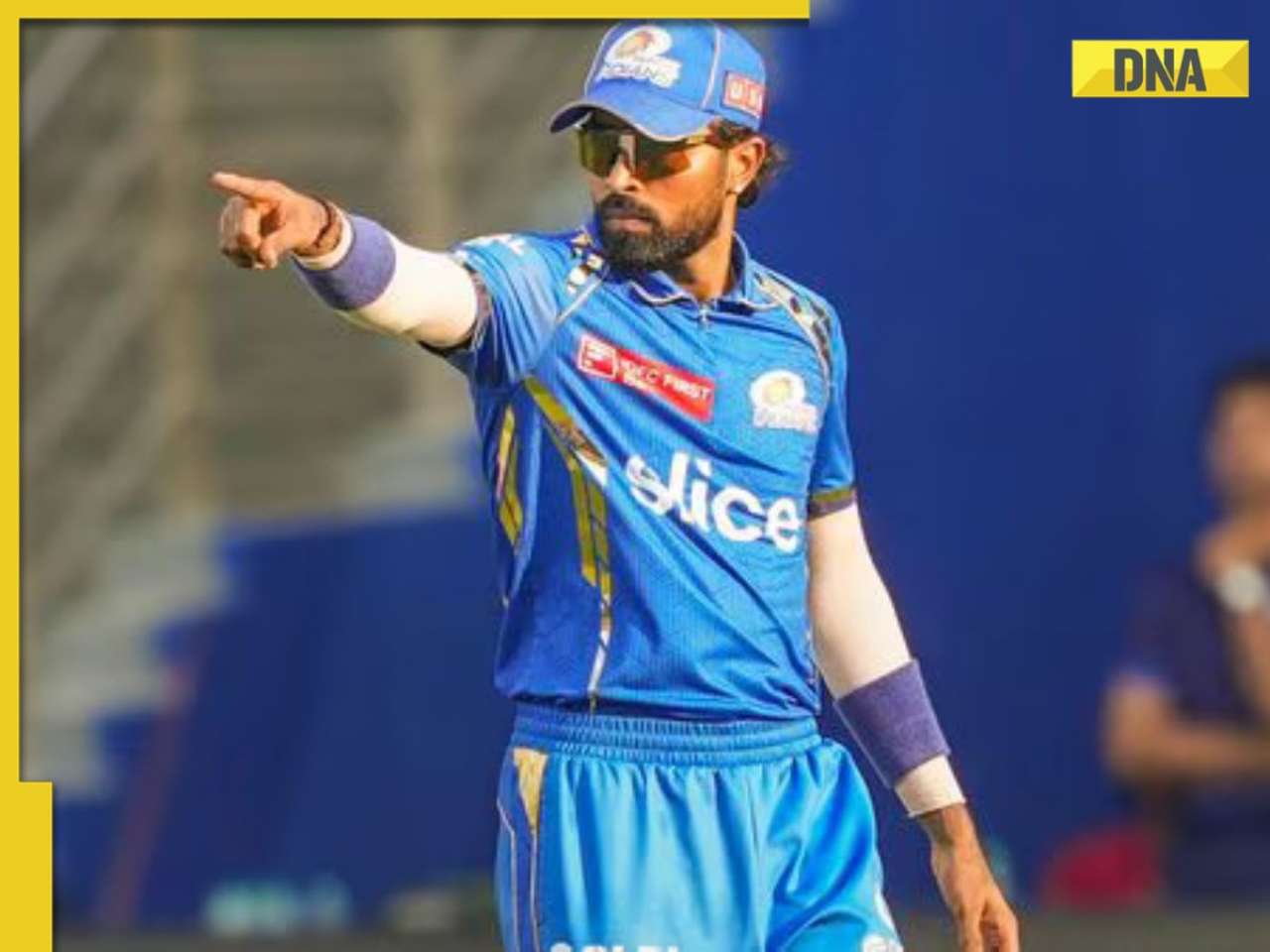
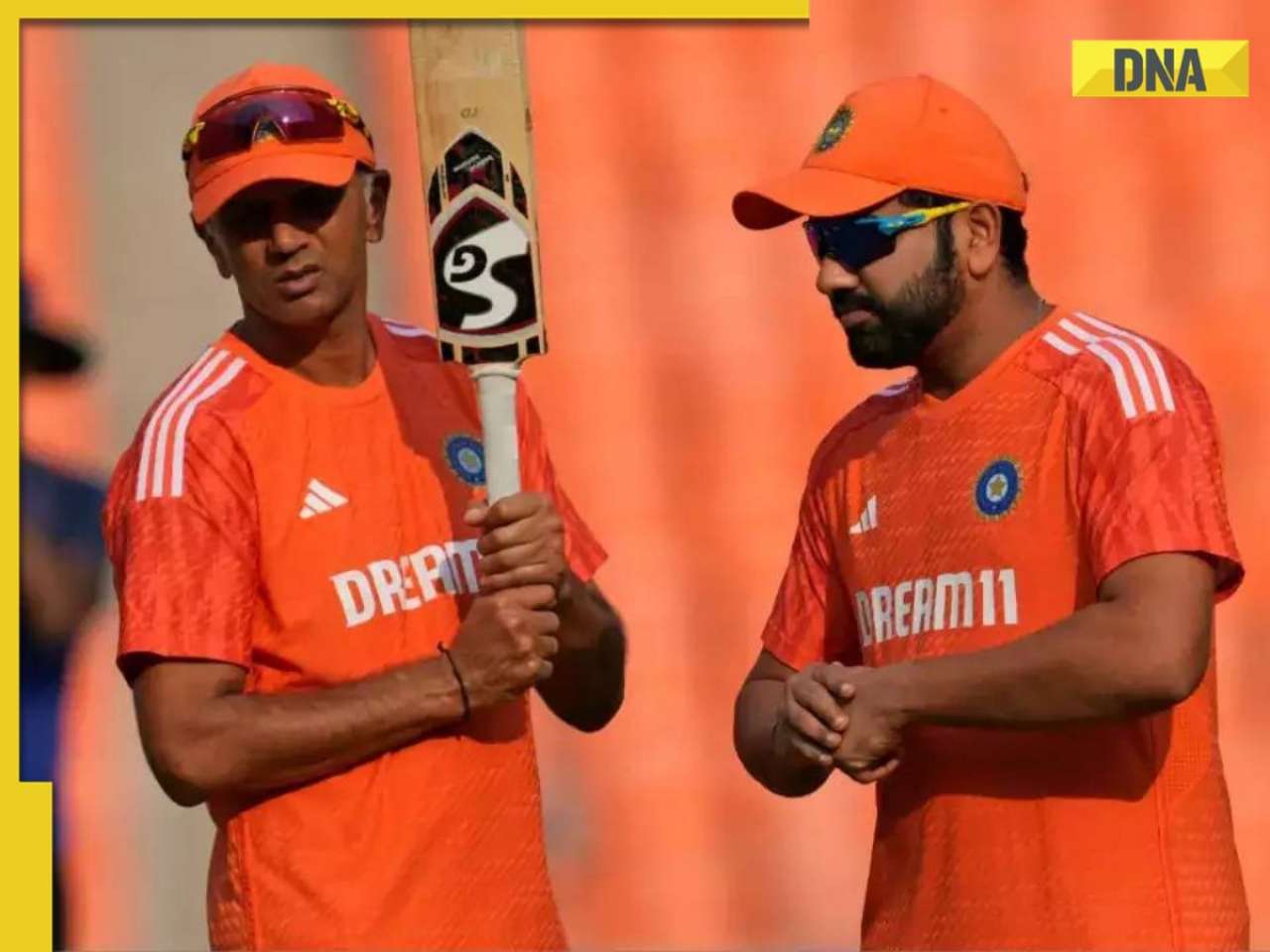


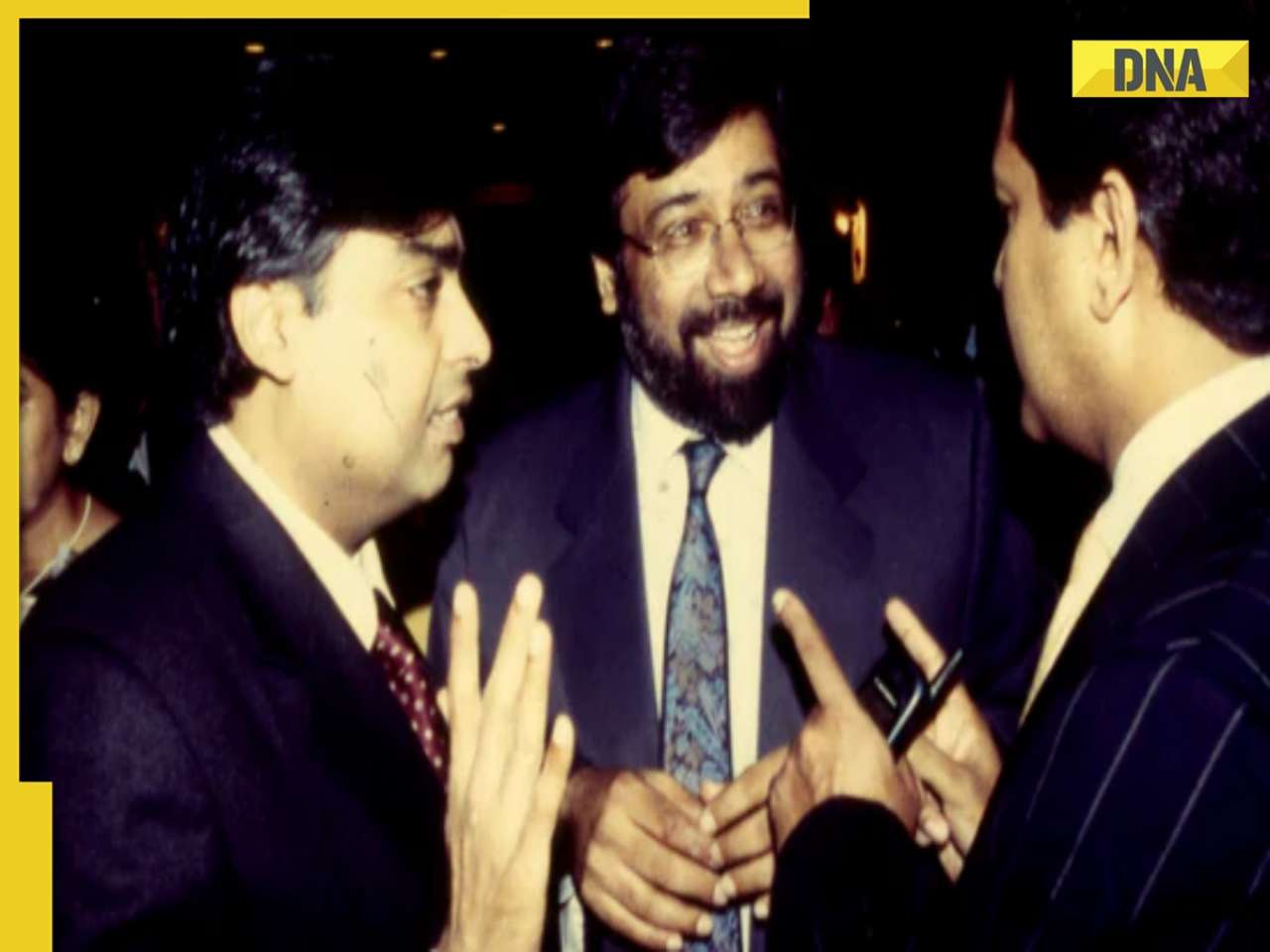








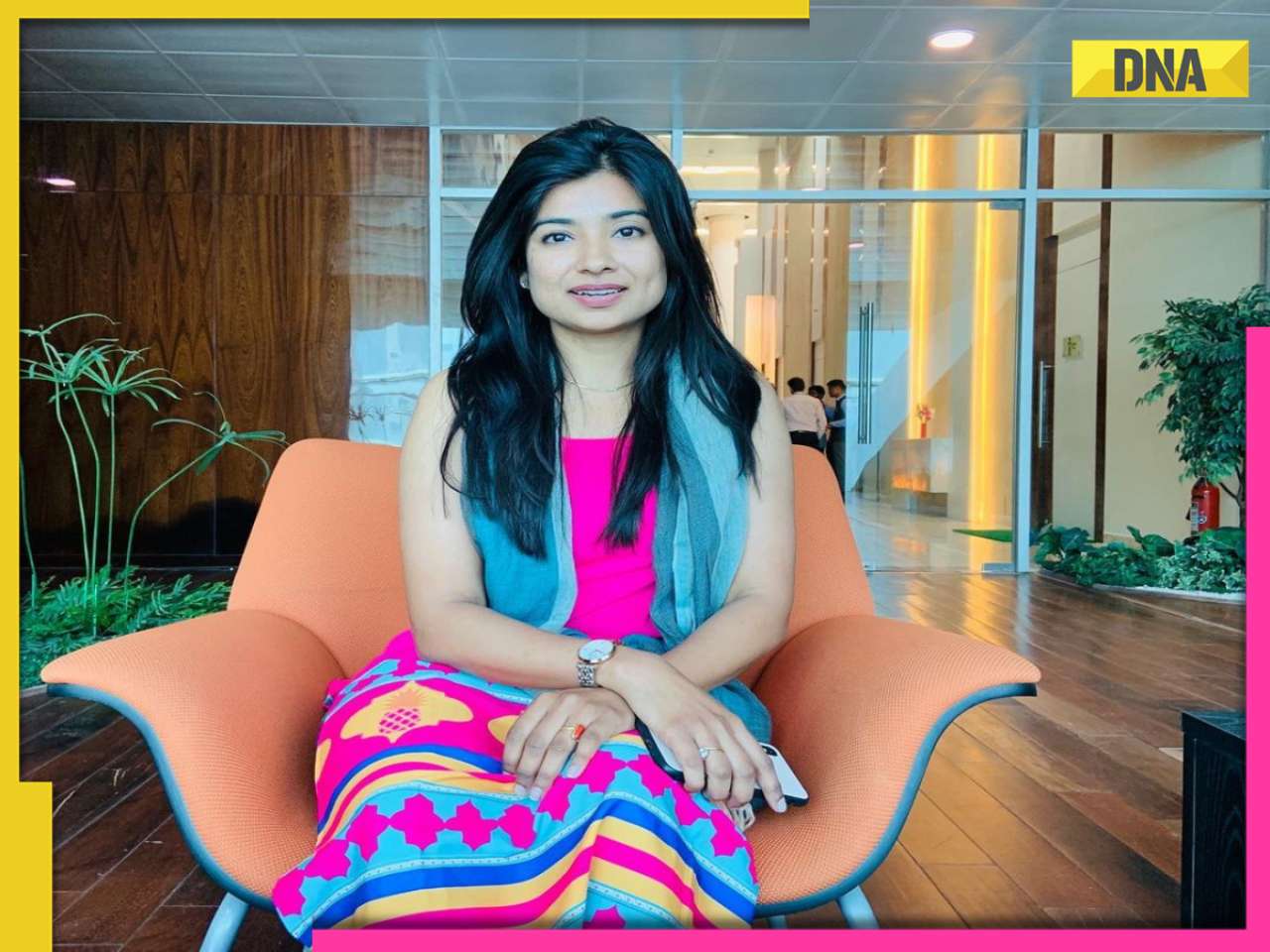



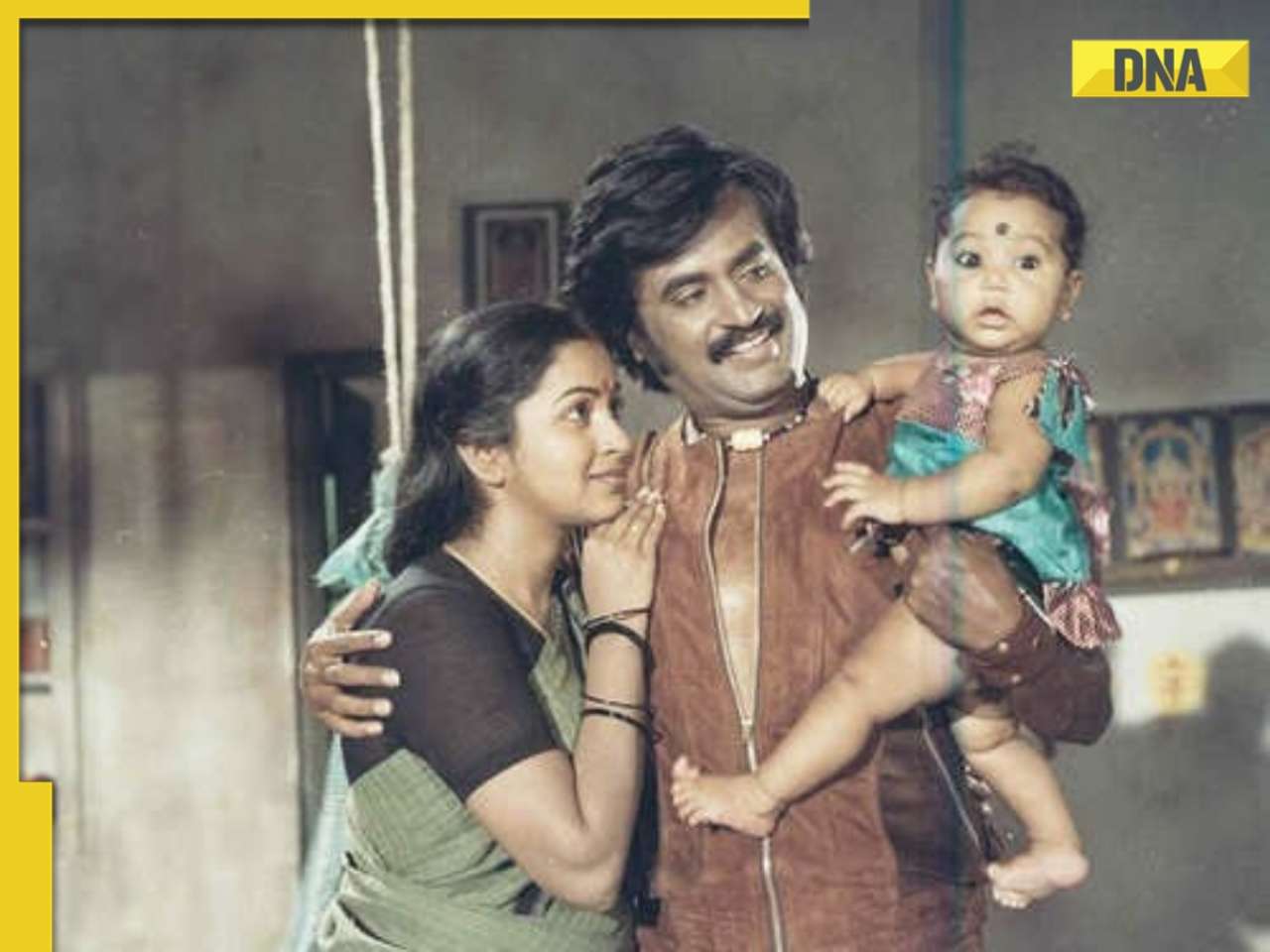







)
)
)
)
)
)